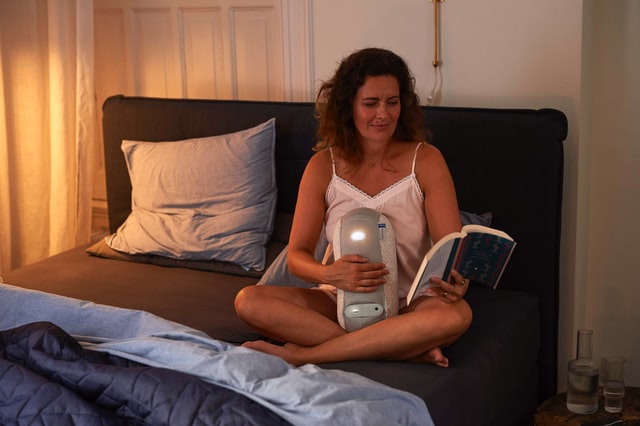Guided Meditation for Sleep: Definition, Examples, & How to Do ItBy Justine Saavedra, M.S.
Reviewed by Tchiki Davis, M.A., Ph.D. What is guided meditation for sleep? Discover the benefits and develop a routine for guided meditation for sleep.
This isn’t surprising considering the increasing demands on our attention and the constant flow of information we take in from social media and the news.
Getting adequate rest is an important component of many aspects of our mental and physical well-being. If we have poor sleep habits, we can miss out on the following beneficial functions of sleep:
So how can you get more sleep and reap these benefits? You may have read about using guided meditation as a tool to manage stress, but did you know it is also a wonderful way to help you achieve better sleep habits? Keep reading to learn about what guided meditation for sleep is, the benefits, how to start a guided meditation for sleep practice, and more. Before reading on, if you're a therapist, coach, or wellness entrepreneur, be sure to grab our free Wellness Business Growth eBook to get expert tips and free resources that will help you grow your business exponentially. Are You a Therapist, Coach, or Wellness Entrepreneur?
Grab Our Free eBook to Learn How to
|
Are You a Therapist, Coach, or Wellness Entrepreneur?
Grab Our Free eBook to Learn How to Grow Your Wellness Business Fast!
|
Terms, Privacy & Affiliate Disclosure | Contact | FAQs
* The Berkeley Well-Being Institute. LLC is not affiliated with UC Berkeley.
Copyright © 2024, The Berkeley Well-Being Institute, LLC
* The Berkeley Well-Being Institute. LLC is not affiliated with UC Berkeley.
Copyright © 2024, The Berkeley Well-Being Institute, LLC




